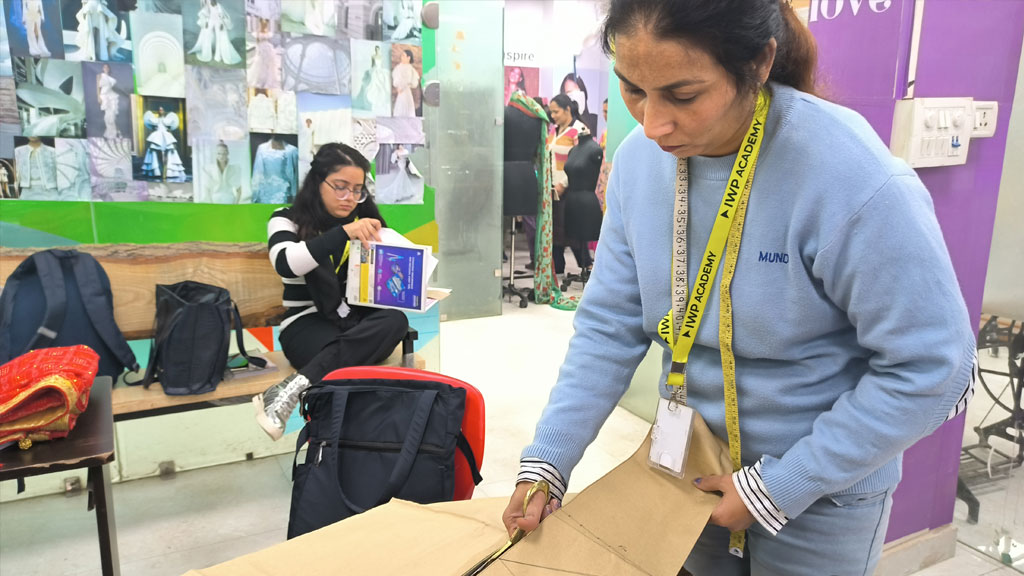Introduction: Embarking on a journey into the world of dress designing is an exciting endeavor that promises creativity, skill development, and the ability to turn fabric into stunning masterpieces. Whether you’re a budding designer or someone with a passion for fashion, enrolling in a dress designing course can be the key to unlocking your creative potential. In this blog post, we’ll delve into the various aspects of dress designing courses, exploring what they entail, the skills they impart, and how they can pave the way for a rewarding career in the fashion industry.
- Understanding the Basics: Before diving into the intricate details of dress designing, it’s essential to grasp the fundamentals. A good dress designing course will typically cover topics such as fabric selection, understanding body types, and the importance of color theory. These foundational skills serve as the building blocks for creating visually appealing and well-constructed garments.
- Pattern Making and Drafting: One of the core skills taught in dress designing courses is pattern making. This involves creating templates that serve as guides for cutting and assembling fabric pieces. Through hands-on exercises and expert guidance, students learn how to translate design sketches into tangible patterns, ensuring a perfect fit and a seamless finished product.
- Sewing Techniques: A mastery of sewing techniques is at the heart of dress designing. From basic stitches to advanced sewing methods, students in these courses develop the skills needed to bring their designs to life. Proficiency in using sewing machines and hand-sewing ensures that garments are not only aesthetically pleasing but also structurally sound.
- Fashion Illustration: Dress designing courses often include modules on fashion illustration, where students learn to communicate their design ideas visually. Whether it’s sketching concepts on paper or using digital tools, the ability to articulate design concepts through illustrations is crucial in the fashion industry.
- Fabric Manipulation and Embellishments: Elevating a dress from ordinary to extraordinary often involves intricate details and embellishments. Dress designing courses guide students in the art of fabric manipulation, such as pleating, ruching, and draping. Additionally, students learn how to incorporate embellishments like embroidery, beading, and sequins to add a touch of glamour to their creations.
- Industry Exposure and Internships: Many reputable dress designing courses offer opportunities for students to gain real-world experience through internships and industry exposure. This hands-on experience provides valuable insights into the workings of the fashion industry, helping students build a network and prepare for a successful career.
- Building a Portfolio: A well-curated portfolio is a designer’s best tool for showcasing their skills and unique style. Dress designing courses often guide students in creating a comprehensive portfolio that highlights their best work, making it an invaluable asset when seeking employment or freelance opportunities.
- Embracing Sustainability: In recent years, there has been a growing emphasis on sustainability in the fashion industry. Many dress designing courses now integrate lessons on eco-friendly practices, encouraging students to consider the environmental impact of their creations and adopt sustainable approaches in their designs.
Conclusion: Embarking on a dress designing course is not just about learning the technical aspects of creating garments; it’s a journey of self-expression, creativity, and continuous learning. Whether you dream of launching your own fashion label or contributing to renowned design houses, a dress designing course provides the foundation for a fulfilling and dynamic career in the ever-evolving world of fashion.

